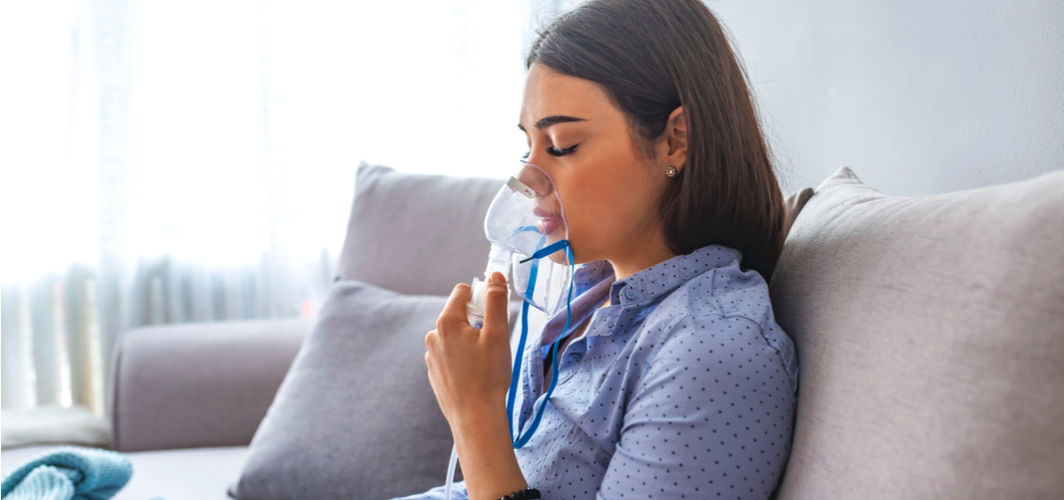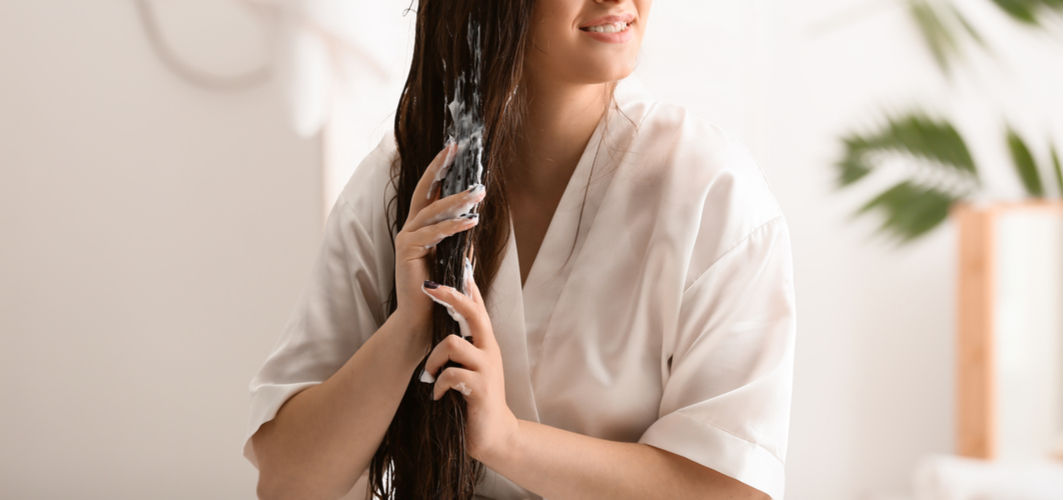Healthcare Essentials
Everything You Need to Know about Nebulizers
4 min read
By Apollo 24/7, Published on - 18 February 2022, Updated on - 18 October 2022
Share this article
0
1 like

A nebulizer is a medicine delivery device that converts liquid medication into a fine mist. This allows rapid and easier absorption of the medication into the lungs. Nebulizers are mostly used in the treatment of respiratory or lung conditions such as wheezing, asthma, chronic obstructive pulmonary disease (COPD), cystic fibrosis, pulmonary fibrosis, COVID-19, etc.
The nebulizer is generally prescribed to people who cannot use other types of inhalers, such as infants, young children, people with severe asthma, and terminally ill patients (as part of palliative care). The article explores how to use a nebulizer in detail.
Recommended Read: What Are the Common Chronic Lung Diseases?
Types of Nebulizers
The three major types of nebulizers are:
- Jet Nebulizers: This type of nebulizer makes use of compressed gas (like air) to make aerosols out of medications.
- Ultrasonic Nebulizers: These nebulizers create aerosols through high-frequency vibrations. These are typically used in hospital settings.
- Mesh Nebulizers: These nebulizers use a very fine mesh cap with tiny holes to form the smallest aerosol particles. While mesh nebulizers are more effective than jet nebulizers, they are also more expensive.
Recommended Read: Understanding the Role of Spirometry in Assessing Lung Health
Uses and Applications of Nebulizers
Nebulizers are primarily used to administer quick-relief and long-term control medicines via pressurized air to relieve symptoms of lung conditions. Some of the mediations delivered via nebulizers are:
- Corticosteroids: Medications used to reduce airway swelling and inflammation
- Bronchodilators: Medications used to expand narrowed airways
Recommended Read: How Does Stress Impact the Lungs and Respiratory Health?
Components of a Nebulizer
The main parts of a nebulizer are:
- Mask or a mouthpiece
- Medicine cup
- Compressor plastic tubing
- Air compressor
Steps to Use a Nebulizer
- Wash your hands with soap and water, and wipe them dry completely. Also, ensure that all the components of the nebulizer are clean.
- Put the air compressor on a flat surface table or desk. Plug the compressor’s cord properly into a three-pronged socket.
- Pour the liquid medication into the medicine cup.
- Connect the medicine cup to the mouthpiece or mask.
- Connect the plastic tubing to both the air compressor and the medicine cup.
- Turn on the air compressor.
- Sit straight on a comfortable seat.
- If you are using a mask, ensure that it is properly sealed around your face. If you are using a mouthpiece, place it firmly between your teeth and seal your lips around it.
- Breathe in slowly. If possible, hold each breath for at least 2 or 3 seconds before exhaling out. This allows the medication to settle into your airways.
- Continue this process until the medication is expended (this can take 5 to 15 minutes).
- If you experience dizziness, then slow your breathing. You can also take a brief rest for about 5 minutes and resume the therapy. Feeling dizzy or jittery is not common, but if you frequently experience these symptoms or are bothered by them, inform your doctor.
- Turn off the air compressor.
If the medication sticks to the sides of the medicine cup during therapy, shake the cup to release it.
Maintenance and Storage
Since you are breathing mist from your nebulizer, it must be kept clean. If the nebulizer machine is not cleaned properly, harmful disease-causing bacteria and other germs could grow inside it. Therefore, it is essential to clean and disinfect the nebulizer after every use.
After each therapy session, wash the nebulizer cup, mask, or mouthpiece in warm water with a mild detergent. Rinse the components thoroughly, shake off excess water, and let them air-dry. However, there is no need to clean the plastic compressor tubing that connects the nebulizer to the air compressor. Since it can’t be washed regularly, experts recommend changing the tubing periodically.
Disinfect your nebulizer once per week or more frequently as directed by your physician. Once the components have been cleaned and dried, store them in an airtight bag in a cool, dry area. Ensure that the nebulizer doesn’t come into contact with dust.
Takeaway
A nebulizer is a medical device that is used to administer medication directly to the lungs. It works by converting liquid medication into a fine mist or aerosol that is rapidly absorbed by the lungs. The device is recommended for individuals suffering from lung ailments and those who cannot use other types of inhalers. It is mostly used to deliver medications such as corticosteroids and bronchodilators to patients. While nebulizers are relatively easy to use, it is important to clean and disinfect them regularly. Without proper care and maintenance, nebulizers may become contaminated with infection-causing germs.
Healthcare Essentials
Leave Comment
Recommended for you

Healthcare Essentials
A Guide On Choosing The Best Shampoo For Your Hair
Choosing the right kind of shampoo for your hair can be a hassle. Read to know which shampoo is best to make your locks healthy and lustrous.

Healthcare Essentials
All You Need To Know About Caring For Oily Skin
Using appropriate skin care products, keeping the skin hydrated, and maintaining a healthy diet can help reduce excess oil discharge from the skin.

Healthcare Essentials
Pros and Cons of Using Hair Conditioners
Experts believe that maintaining a proper hair routine involving the use of a shampoo and conditioner can help manage frizzy and dull hair.
Subscribe
Sign up for our free Health Library Daily Newsletter
Get doctor-approved health tips, news, and more.
Recommended for you

Healthcare Essentials
A Guide On Choosing The Best Shampoo For Your Hair
Choosing the right kind of shampoo for your hair can be a hassle. Read to know which shampoo is best to make your locks healthy and lustrous.

Healthcare Essentials
All You Need To Know About Caring For Oily Skin
Using appropriate skin care products, keeping the skin hydrated, and maintaining a healthy diet can help reduce excess oil discharge from the skin.

Healthcare Essentials
Pros and Cons of Using Hair Conditioners
Experts believe that maintaining a proper hair routine involving the use of a shampoo and conditioner can help manage frizzy and dull hair.